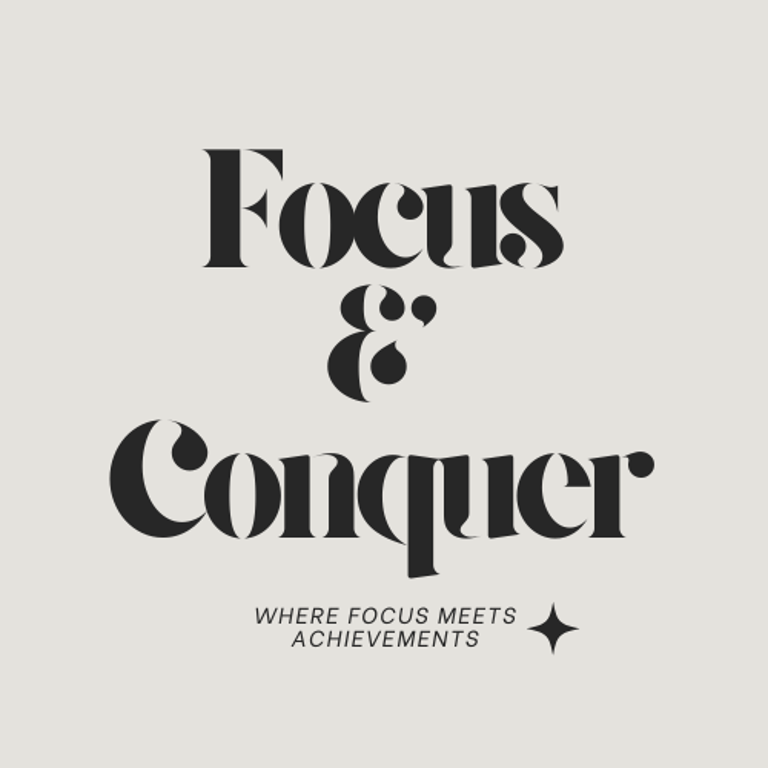How to Build Financial Confidence as a Creative Entrepreneur
In this powerful and heartfelt blog post, I open up about my personal journey from financial insecurity to confidence as a creative entrepreneur. If you've ever felt overwhelmed by numbers, unsure how to manage inconsistent income, or tied your worth to your bank account, this is for you. You’ll discover: Why creative entrepreneurs often struggle with money How to separate emotions from financial facts Simple, practical steps to build financial clarity and consistency Tools to shift your mindset and create empowering money rituals By the end of this post, you’ll walk away with a new definition of financial confidence—and a clear plan to build it, one tiny win at a time.
4/13/20255 min read


How to Build Financial Confidence as a Creative Entrepreneur
There was a time I used to avoid looking at my bank account. Not because I was broke (although, yes, sometimes I was), but because I didn't want to face what I thought it said about me: that I wasn’t good with money, that I would never feel "in control," that somehow, I was failing. And here's the twist: I wasn’t failing at business. My projects were growing. Clients were happy. But inside, I carried a deep insecurity around money.
This is the unspoken truth about many creative entrepreneurs: we are brilliant at building, imagining, creating—but when it comes to numbers? We freeze, procrastinate, or panic. And that financial fog can slowly chip away at our confidence, joy, and ultimately, our freedom.
Financial confidence isn’t just about mastering spreadsheets. It’s about reclaiming our power. Because when we feel in control of our money, we make bolder decisions. We raise our prices without flinching. We invest in growth without guilt. We rest without anxiety. Financial clarity is creative freedom.
Why Creative Entrepreneurs Struggle with Financial Confidence
There are a few core reasons this happens:
We weren’t taught to manage money emotionally. Most of us never learned how to regulate our feelings about money, which is often more critical than managing the numbers themselves.
Our income is inconsistent. Unlike a 9-to-5 paycheck, creative work is seasonal. Some months are abundant, others terrifyingly quiet. That fluctuation can feel like a personal failing.
We tie money to worth. If a product doesn’t sell, or we charge less than we should, we internalize it. It feels like we are not worth it, rather than seeing it as market strategy or timing.
We feel shame asking for what we're worth. Especially in fields like art, design, writing, coaching—there's a toxic belief that creativity should be a "gift" not a career.
But here’s the truth I want you to hear loud and clear:
Confidence with money is a skill. Not a personality trait.
Let that sink in. You’re not bad with money. You’re just learning. And learning requires grace, patience, and repetition.
So let’s rebuild your financial confidence from the ground up.
Step 1: Redefine What Financial Confidence Looks Like
Most of us think of confidence as "knowing everything" or being totally in control. But real confidence, the kind that sticks, is built on three pillars:
Clarity – You understand your numbers without fear or confusion.
Consistency – You have simple habits you follow regularly.
Compassion – You treat yourself kindly even when things aren’t perfect.
Start by asking yourself:
What does financial peace look like for me?
How would I feel if I trusted myself with money?
Write down your answers. This is your new north star.
Financial peace is not a specific income goal. It’s the ability to breathe deeply, even when the month isn’t perfect. It’s the sense of knowing you have tools, support, and strategies to navigate ups and downs. It’s the quiet confidence that your money doesn’t define you—you define your money.
Step 2: Create a Safe Space to Look at Your Finances
You wouldn’t try to learn a new skill in a hostile environment. So if money makes you anxious, don’t try to fix everything in one go. Set up a calming, no-pressure "money corner."
Suggestions:
Make a ritual: light a candle, play soft music, open your favorite tea.
Use visuals instead of raw spreadsheets. (My Cashflow Tracker is color-coded for this reason.)
Start with a 10-minute weekly check-in. That's all. Open your bank account. Look. Breathe.
When I started doing this every Friday, it changed everything. I started to feel safe. Then curious. Then confident.
Eventually, I began looking forward to my money dates. It felt like a way to care for my future self. It gave me time to realign my goals, spot patterns, and make adjustments with intention. Over time, that 10-minute check-in became a 30-minute strategy session. But I never would’ve reached that point without giving myself permission to start small.
Step 3: Break the Numbers Down into Simple Buckets
Forget complex accounting. You only need to know a few key things:
How much is coming in (monthly average)?
What are your consistent fixed costs?
How much do you want to pay yourself?
What are you saving for?
Use simple buckets:
Income: Total revenue.
Business Expenses: Tools, subscriptions, marketing.
Owner Pay: Your salary (even if it varies).
Profit: Set aside a % for taxes + savings.
Use a simple Excel template or app. The key is not perfection—it's visibility.
Having visibility is empowering. You can’t improve what you can’t see. Numbers aren’t there to punish you—they’re there to guide you. They tell you where you’re thriving, where to adjust, and where opportunities might be hiding.
Step 4: Separate Emotion From Fact
If you feel triggered by your numbers, that’s okay. But learn to observe those emotions without fusing with them.
Try this journaling prompt:
"Today I looked at my finances and I felt..."
"That feeling reminds me of..."
"What I want to believe instead is..."
This will help you shift the emotional charge and rewrite your money story. Emotional regulation is the hidden superpower of confident entrepreneurs.
Money mirrors our beliefs, wounds, and history. But it can also mirror our healing. With each journal entry, with each conscious breath, we can shift the narrative from fear to empowerment.
Step 5: Build Tiny Wins That Stack
Confidence doesn’t come from big gestures. It’s built from repeated tiny wins:
You opened your spreadsheet today? Win.
You invoiced a client on time? Win.
You transferred $10 to your savings? Win.
Stack those. Name them. Celebrate them.
And if you're up for it, share one with our community in the comments: "This week, I felt confident with money when I..."
Building confidence is a game of consistency. Each small win is a brick in the foundation of your financial home. And when that foundation is steady, your creativity flourishes.
Step 6: Learn With Others
Confidence grows in community. That’s why I created Focus & Conquer. Because I was tired of feeling alone in this. When we share stories, templates, and tips, we grow faster.
Some ways to connect:
Leave a comment with your biggest financial fear or your last win.
Download the Financial Confidence Worksheet to start building your clarity.
Join the newsletter for weekly money check-ins and mini coaching.
You don’t have to do this alone. Inside our community, we remind each other that progress matters more than perfection. That it's okay to be both ambitious and uncertain. That you can be financially confident and still learning.
Final Words: You Are Not Behind
If you're reading this thinking, "I should be further along..." let me stop you right there.
You are not late. You are not broken. You are not bad with money.
You're learning. You’re showing up. That already makes you powerful.
Financial confidence is not about being perfect. It’s about feeling safe in your decisions and proud of how you show up.
You’ve got this.
With love and clarity,
